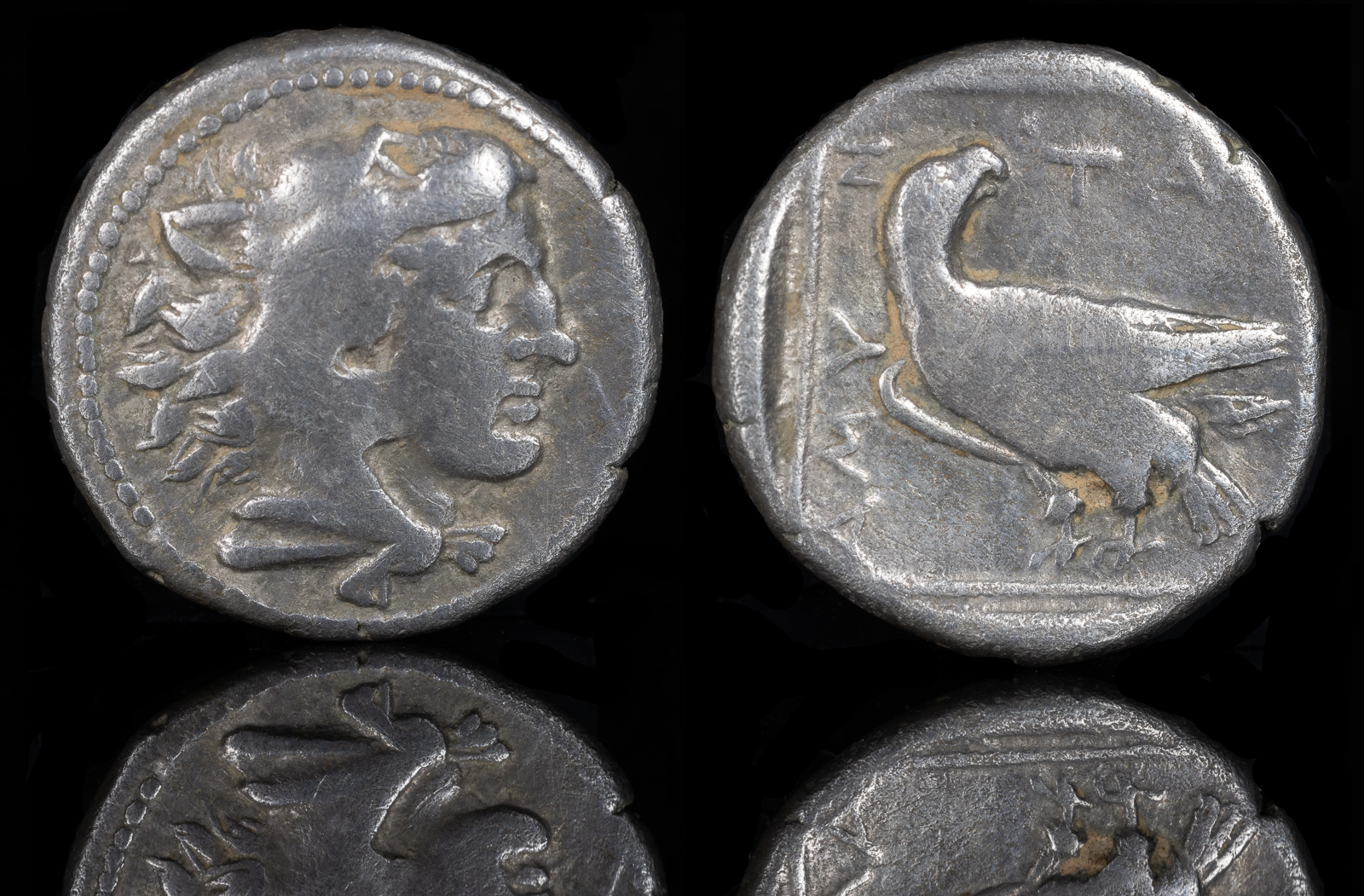Hemidrachm
View All Tags
The hemidrachm was an ancient Greek coin that represented half of a drachm, one of the primary denominations of Greek currency. The name “hemidrachm” comes from the Greek words “hemi-” meaning “half” and “drachmē” meaning “a unit of weight” or “coin,” reflecting its value as half of the standard drachm. The hemidrachm was part of the broader system of Greek coinage, which included a variety of fractional coins to facilitate daily commerce in different city-states and regions.
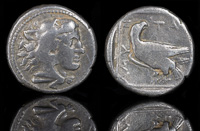
Amyntas III 393-369 BCE
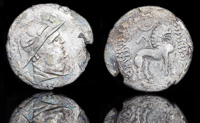
Arsiles 1st century BCE
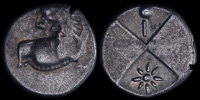
Chersonesos, Thrace 386-338 BCE
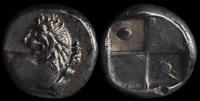
Kardia, Chersonesos 357-320 BCE
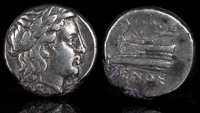
Kios, Bithynia 345-315 BCE
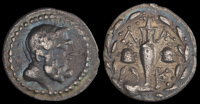
Lakedaimon (Sparta) 145-80s BCE
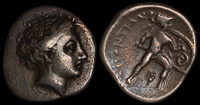
Lokris Opuntti 369-338 BCE
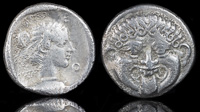
Neapolis, Macedon 375-350 BCE

Orchomenos, Boeotia 395-364 BCE
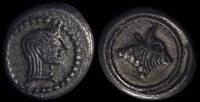
Phasis, Kolchis 425-325 BCE
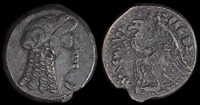
Ptolemy V 205-180 BCE
